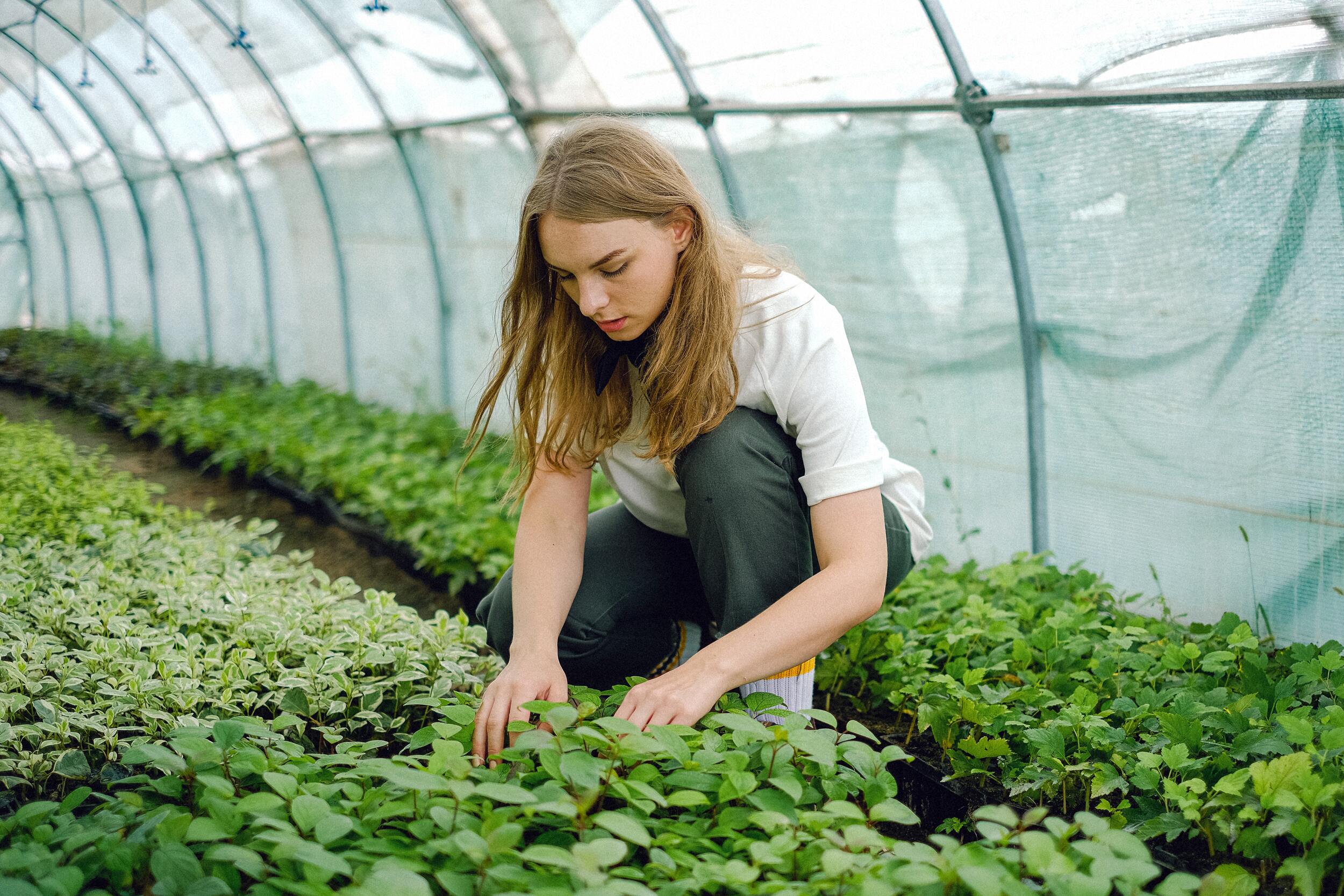Norway has a total area of 385,207 square kilometres and a population of 5,312,300 . The country shares a long eastern border with Sweden, by Finland and Russia to the north-east, and the Skagerrak strait to the south, with Denmark on the other side. Norway has an extensive coastline, facing the North Atlantic Ocean and the Barents Sea. The maritime influence also dominates Norway’s climate with mild lowland temperatures on the sea coasts, whereas the interior, while colder, is also a lot milder than areas elsewhere in the world on such northerly latitudes. Even during polar night in the north, temperatures above freezing are commonplace on the coastline. The maritime influence brings high rainfall and snowfall to some areas of the country.
Norway maintains the Nordic welfare model with universal health care and a comprehensive social security system, and its values are rooted in egalitarian ideals.
The Norwegian state has large ownership positions in key industrial sectors, having extensive reserves of petroleum, natural gas, minerals, lumber, seafood, and fresh water. The petroleum industry accounts for around a quarter of the country’s gross domestic product. On a per-capita basis, Norway is the world’s largest producer of oil and natural gas outside of the Middle East.
The country has the fourth-highest per-capita income in the world on the World Bank and IMF lists. On the CIA’s GDP (PPP) per capita list (2015 estimate) which includes autonomous territories and regions, Norway ranks as number eleven.
It is said that topography, geology and biology make out the foundation for plant production, whereas climate and geography determine crop types accordaing to location, along with expected yields.
Grass-based livestock production is therefore the backbone of Norwegian agriculture. A substantial part of the country’s home-grown grain is used as fodder due to crop quality.
One of the advantages of the cool climate is that it limits the spread of plant diseases and pests.
These climatic and geographical conditions frame Norwegian agriculture. Soil, latitude and climate – they are all interconnected.
Farm sizes are expanding, and in 2018 this average is 24.9 ha.
Today, the average Norwegian drinks 89 litres of milk each year and consume 18 kilograms of cheese, and 67 kg meat.
The total organically farmed area is decreasing, whereas the demand for organic produce and other foods is steadily increasin

Your responsibilities will be sticking, taking care of the growing process, sorting and packing different types of flowers and plants. • Planting - Sorting - Packing - Transporting - Wage

Your responsibilities will be sticking, taking care of the growing process, sorting and packing different types of flowers and plants. • Planting - Sorting - Packing - Transporting - Wage
Norway welcomes students and graduates of agricultural universities for on-the-job training in the agricultural sector. Norwegian farms and greenhouse facilities take a leading positions in the global rating by such criteria as the introduction of innovative technologies, ecology and humanity of manufacturing, livestock management quality control, production process and realisation of output.
When you are registered in Norway, you are ready to open your own bank account. Ask your employer for advise.
Upon your arrival you will be taken to the local police station for registration of your arrival, stay, and address. You will also apply for PINK CARD there, that is going to be sent to you by post.
In Norway a working week is 40 hours, accumulated into 200 hours a month. A working day lasts app. 8 hours – excluding self-paid breaks.
When you will arrive to Norway, the host-family will meet you at the airport and drive you to the house/apartment and will help you to accommodate there. The accommodation price is 200-250€ per month
When you are coming to Norway for longer period of time,
it is always a good idea to get a Norwegian phonenumber – of
course if operator from your country is not offering
something better. The cheapest option is Telenor operator
that has special prices for people in age 18-29 years old with
beneficial "goodies " packages that includes: free data,data
boost, power-banks,gadgets ,data switch, 4 hours of free
abroad calls and more.
299 NOK - 4GB plus 1 goodie
•349 NOK = 6GB plus 1 goodie
•399 NOK = 8GB plus 2 goodies
449 NOK =12 GB plus 3 goodies
from 499NOK = no limit plus 3 goodies
If you would like to travel around in your free time, the best option are BUSES and TRAINS : https://www.ruter.no The cheapest way for busses is to use Flixbus, however the times are not always compatible with flight times. https://www.flixbus.co.uk
Discount supermarkets that you want to look for are Rema 100, Kiwi and Extra, Those supermarkets are the best choice for daily shopping as well as for their special offers (always look for a sign Tilbud – discount). Every week you can find different special offers in each shop.
Copyright © 2018 Bixter.work. All rights reserved. Bixter.work is a registered trademark. Made in Scandinavia